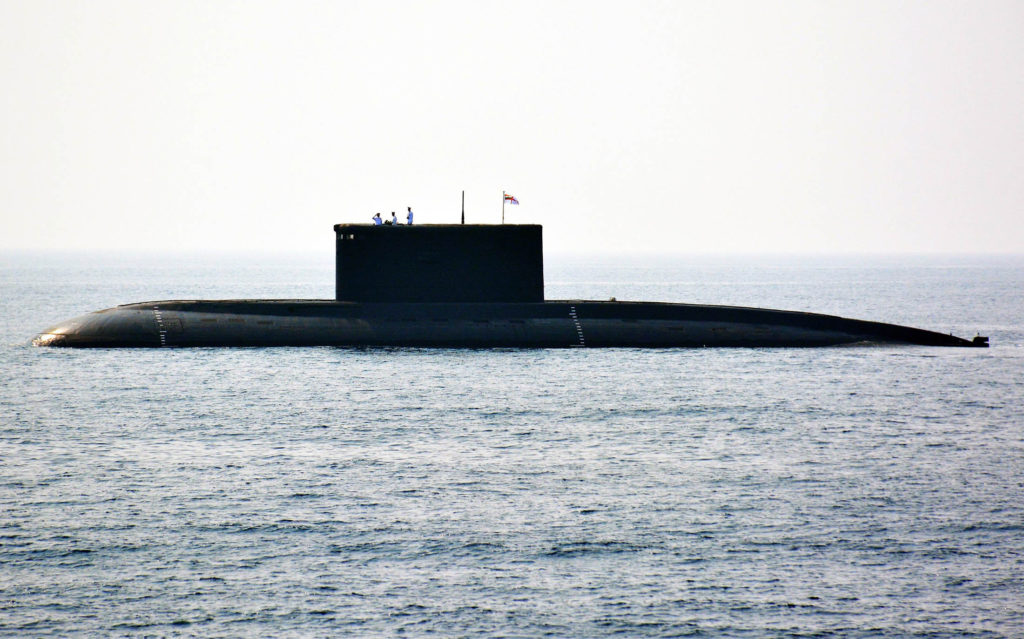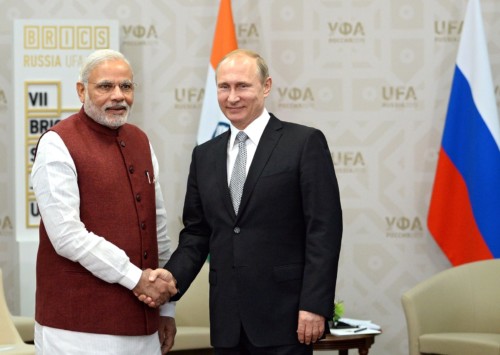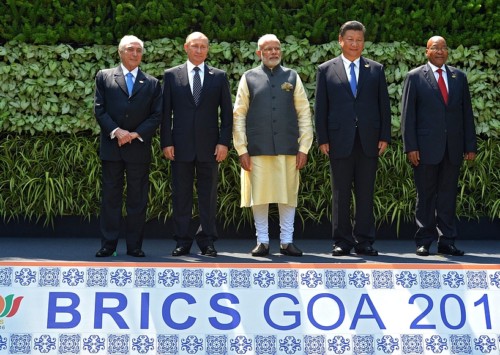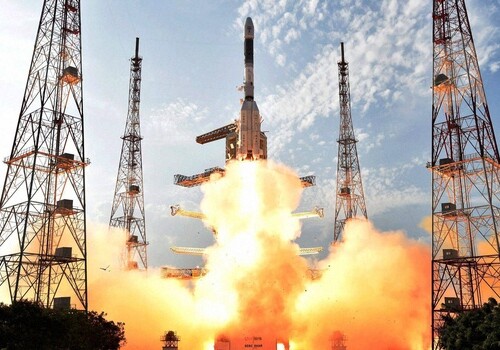India joins the Nuclear Triad club

INS Arihant’s inclusion in the Navy’s fleet is seen as a giant leap
India’s first indigenously-built nuclear submarine INS Arihant will begin its operations soon. With this development, India has joined the elite Nuclear Triad club of superpowers who can launch nukes from air, land and water.
According to media reports, India has been engaged in extensive trials since 2014. INS Arihant was reportedly commissioned into service by Navy Chief Admiral Sunil Lanba in August this year.
However, top brass in India’s defence establishment is quiet about the development.
At a press conference on Tuesday, Vice Admiral G S Pabby refused to take questions on Arihant. However, he indicated that a formal announcement might be made in the coming weeks. “There will soon be an opportunity to talk about it,” Pabby said, when faced with a volley of questions.
Similarly, Dr G Satheesh Reddy, Scientific Advisor to Defence Minister, also ducked queries, pointing out that they did not come under his purview.
What is Nuclear Triad?
Any country that has capability of delivering nuclear weapons by aircraft, ballistic missile and submarine-launched missile is said to have achieved the nuclear triad. Five other elite countries–the US, the UK, France, Russia, and China – have developed nuclear-armed submarines.
INS Arihant
INS Arihant weighs 6000 tonnes. It is powered by an 83 MW pressurised light water nuclear reactor. It will be armed with the K-15 Sagarika missiles with a range of 750 kilometres. Later, K-4 – a nuclear capable intermediate-range submarine ballistic missile – will be launched; currently under development by DRDO to arm the Arihant-class submarines. The missile has a reported effective range of over 3500 km.
What is the significance of India possessing the nuclear triad?
From operational point of view, INS Arihant is capable of carrying nuclear-tipped ballistic missiles. This class of submarines is Ship Submersible Ballistic Nuclear (SSBN). SSBNs are designed to prowl the deep ocean waters carrying nuclear weapons and provide a nation with an assured second-strike capability — the capability to strike back after being hit by nuclear weapons first.
It is important here to point out that India is committed to a ‘No-First-Use’ policy as part of its nuclear doctrine. So, it is crucial to develop a second-strike capability.
Now, India is engaged in constructing a second one, INS Aridhaman, and is scheduled to be delivered by 2018.
Further from the strategic point of view, India joining the nuclear triad club has to be seen in context of its rivalry with Pakistan that has nuclear weapons and China’s growing influence in the Indian Ocean.
Wing Commander Ajey Lele, a Research Fellow at the Delhi-based Institute for Defence Studies and Analyses, in his net assessment of India Nuclear Triad observes: “For a peninsular state like India, which shares its boundaries with neighbours with nuclear-weapons complex, it is essential to remain prepared to fight a multidimensional war. India’s nuclear deterrence mechanism should have strategic delivery platforms capable of mounting an attack using land, sea and air systems. India is yet to possess a fully operational nuclear triad capability. India is making significant amount of efforts towards that direction and shortly should have its nuclear triad operational.”
Besides sponsoring cross border terrorism, Pakistan has often threatened that it would not hesitate using nuclear weapons against India if its security is threatened. Pakistan Defence Minister, Khawaja M Asif, had said in September this year that his country would not hesitate using nuclear weapons if its security was under threat.
A threat assessment brief by Arms Control Association in July this year observed: “As India increases its conventional military edge and economic power, Pakistan will rely more and more on its nuclear forces to counter conventional threats from India. Although its population and economy are significantly smaller than those of China and India, Pakistan is the Asian state expanding its fissile material production most rapidly.
Equally, another important strategic factor for India is the growing presence of Chinese nuclear submarines in the Indian Ocean. As China stepped up its undersea activities, India and the United States have agreed to lend support to each other.
Arihant has to be heralded by defence expertsas a remarkable technological achievement for the Indian Navy.
To sum up, Arihant’s inclusion in the Navy’s fleet provides India with a reliable option to respond to any aggression.












